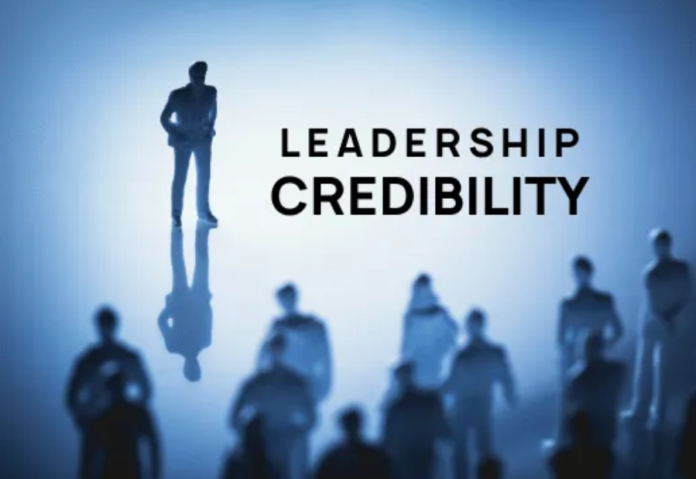AI is transforming everything, including the to-do lists of IT executives. According to a recent ServiceNow study on the evolving role of IT leadership in the AI era, almost every team in the modern enterprise—from engineering to public relations to customer support to HR—is leveraging AI to complete tasks.
Consequently, IT executives have gained prominence. Today, chief technology officers, chief information officers, and other IT professionals are in charge of a wide range of duties, some of which go well beyond IT’s conventional scope. Some CEOs are jumping at the chance to become “chief everything officers,” while others are frantically trying to figure out how to assign and prioritize tasks.
Changing IT leadership demands
CxOs used to assess IT leaders on their ability to manage an effective IT staff. CxOs today evaluate their colleagues based on their ability to increase sales and provide value to the company’s finances.
It should come as no surprise that AI plays a significant role in that narrative. CxOs are aware that in order to optimize their return on investment, they must strategically use AI-forward tools rather than investing in them on an as-needed basis.
They require their IT peers’ technical know-how for it. Indeed, according to over 60% of the IT leaders we polled, they actively collaborate with the C-suite to manage change and establish business strategy.
IT as profit center
IT executives are generally becoming more involved with corporate strategy. Around half of the leaders we polled stated that they are more concerned with raising the company’s market value, and around two-thirds stated that they are more concerned with cost control and profitability now than they were previously.
Does this new emphasis produce outcomes? The answer is yes for pacesetters, who are in charge of the IT department and spearhead strategic transformation throughout the company.
Our research suggests that this is because they collaborate more than their counterparts. Pacesetters are much more likely to work with CxOs, particularly the CEO and chief human resources officer, than other companies in our poll.
Leaders at big businesses are turning IT into a hybrid income generator and cost center. Businesses can more effectively allocate IT resources and streamline operations with the aid of this hybrid strategy.
New IT skills
Numerous societal shifts brought forth by AI are making workers uneasy. Pacesetters are aware of their special position to lead at this time. They can motivate their staff, talk about the future, and promote the potential of innovation because they are the experts on artificial intelligence.
Pacesetters are strengthening their soft skills, such as leadership, problem solving, and communication, in order to achieve this. In actuality, compared to 34% of prior cohorts, approximately 70% of this one are adopting interpersonal and collaborative abilities.
Pacesetters are taking the lead in hiring and upskilling as part of this cultural change. Less than a third of those in our poll are working with HR to create AI-focused training programs, while about 45% of them are doing so.
A human-centric future
Soft skills will become more, not less, crucial as businesses depend more on technologies like artificial intelligence. IT leaders who embrace the fundamentally human characteristics that define us are the ones who will be able to weather the storm and emerge as “chief everything officers.”






